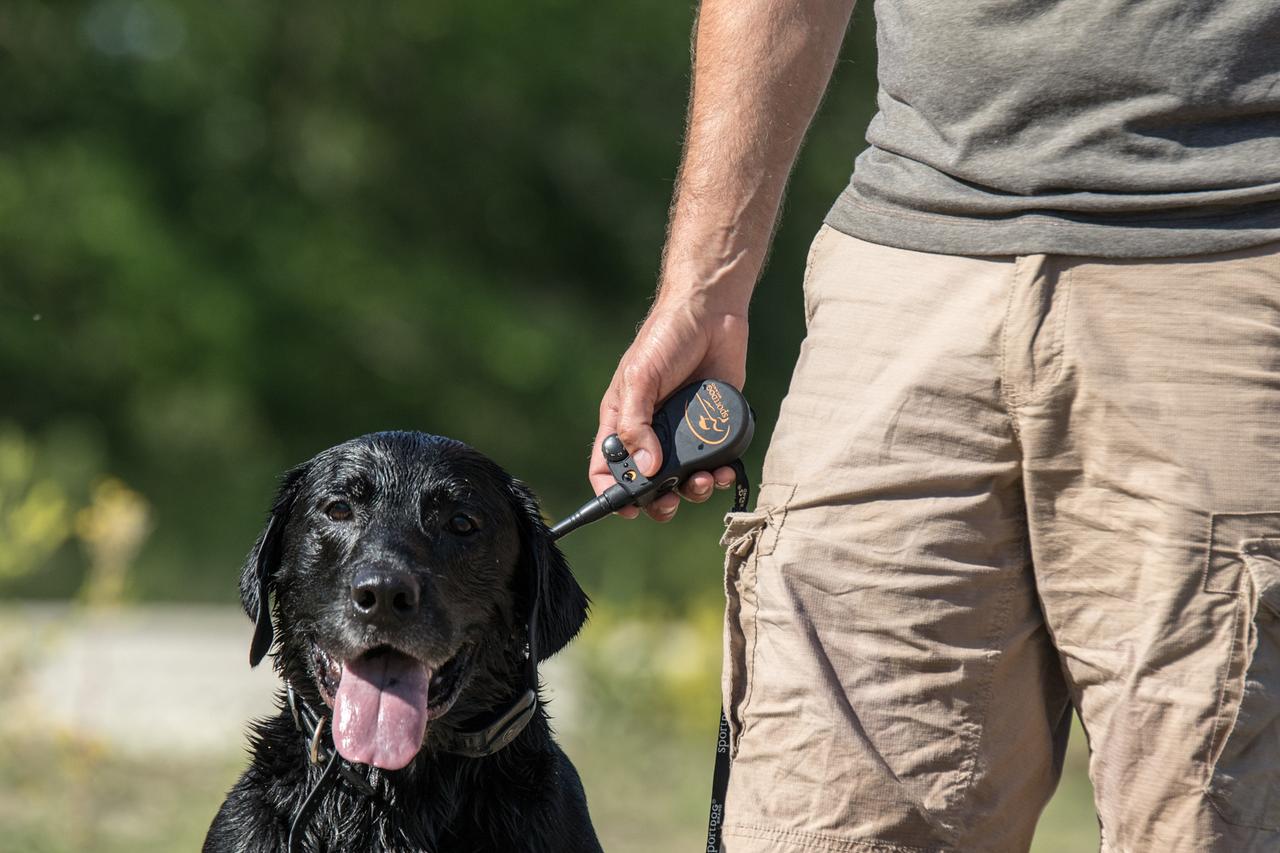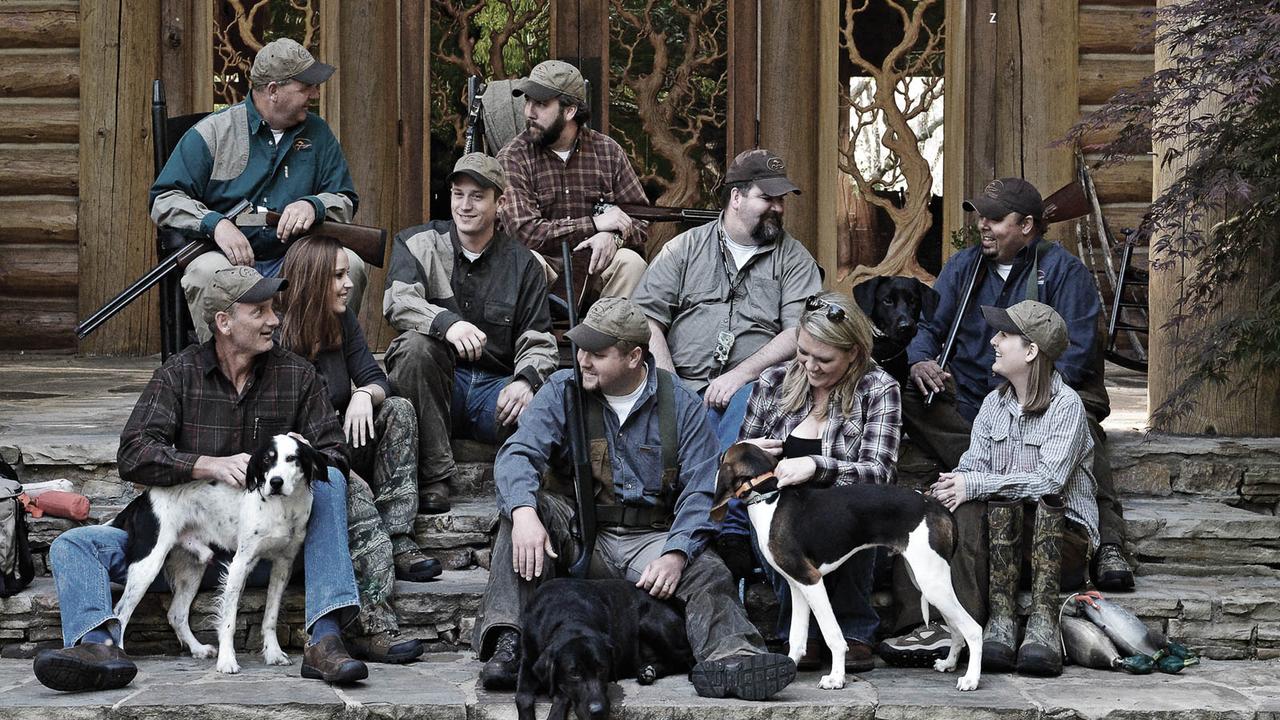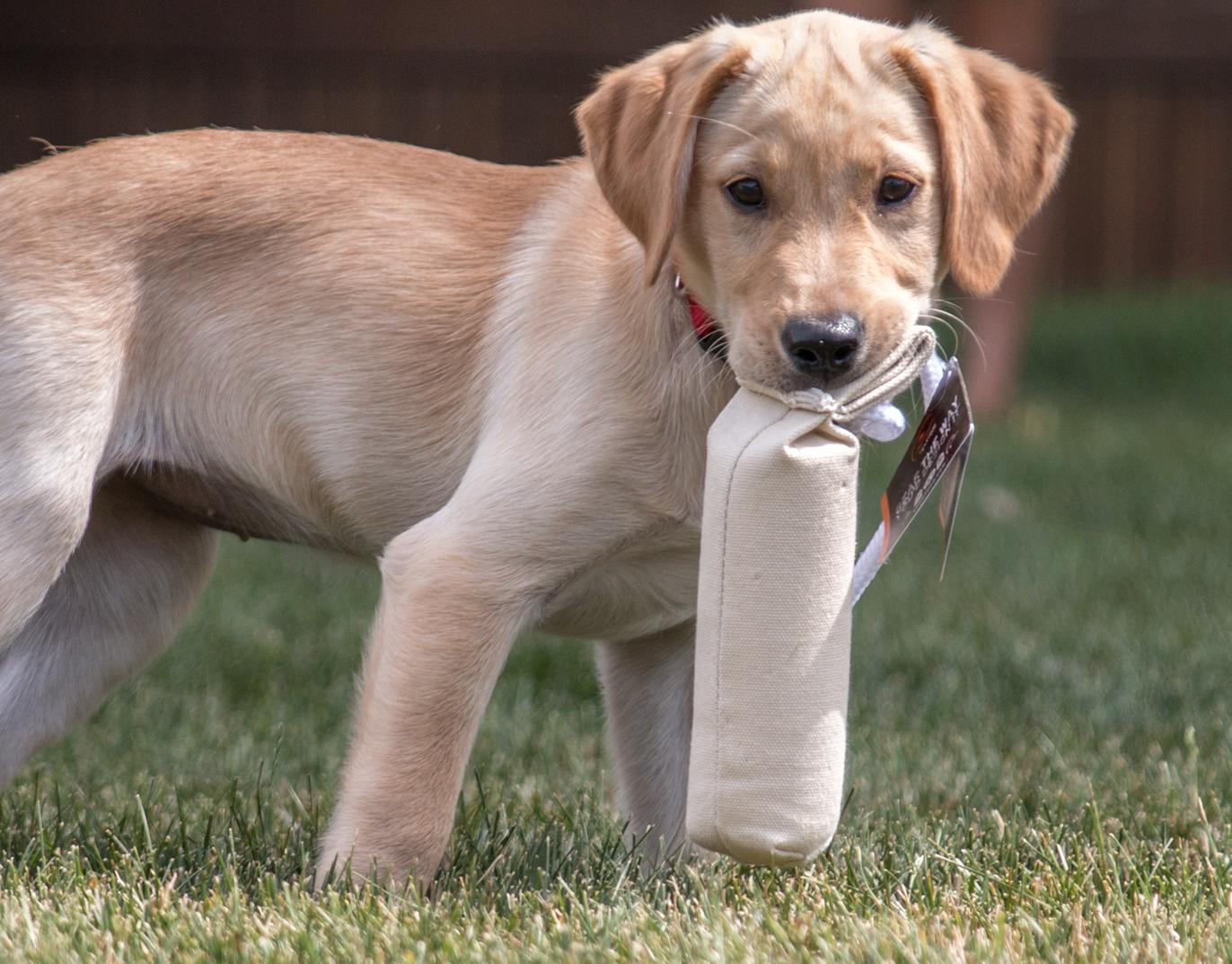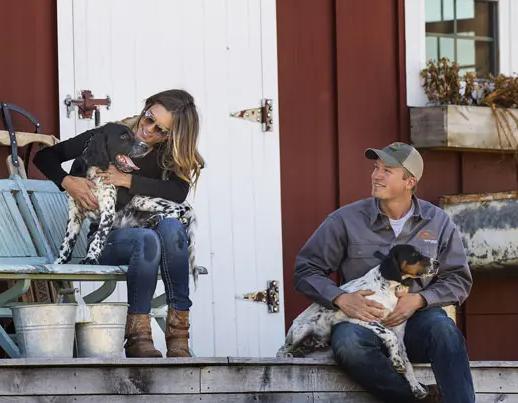
5 Mistakes to Avoid When Training Your Gun Dog
Posted by The SportDOG StaffThe best thing about the years that SportDOG® employees and our ProStaffers have spent training dogs is that we've made mistakes. We preach the value of mistakes because you’ll learn from them even more than your successes, but there's no reason you can't learn from ours, too. These are 5 common mistakes you’ll want to avoid in your duck dog training:
1. Repeating Commands
We’ve all seen it happen, someone training their dog gives a command, “sit” for example, and the dog doesn’t listen. Instead of immediately correcting this behavior, the trainer says “sit” again, possibly louder and harsher. Even if the dog listens this time around, what its learned is that listening the first time isn’t a requirement. It’s like telling a teenager to clean his room. If you don’t get on to them the first time, they don’t listen, they learn they really don’t need to clean their room until Momma gets that tone. That’s not a good scenario in parenting or dog training. Your dog needs to know every time a command is issued, it must be followed. This not only makes a better hunting experience, but it can save your dog’s life.
2. Training in Consistent Environments
There’s nothing wrong with setting aside a specific training area for your dog, but it’s not good to set up the same conditions repeatedly. Like professional athletes must learn to compete in rain, snow, heat, and the uncertainty of a happy or agitated crowd, so must your dog. If your dog has only been trained in quiet, fair conditions, it increases the likelihood that he or she will get confused when things go differently in the field.
3. Getting Angry
Dogs can be frustrating. They can be furry little teenagers, and at times seem like their sole purpose is to infuriate you, but you’ve still got to keep a level head. Getting angry and screaming orders or stomping around isn’t doing either of you any good. Your mood will be a distraction. Your dog will be confused. It’s a lose-lose situation. If it’s just one of those days that you can’t seem to get through a session without wanting to sell your pup to the Amish, take a break. Put him away and pick up where you left off next time.
4. Not Adapting to the Dog
No two dogs are the same. Like children, they all learn differently, have differing strengths, and have that free-will thing that can leave you grinding your teeth in frustration. What worked like a charm on the last dog might not get through to your current dog, and that’s ok. What’s not ok is to continue trying to force the same techniques. You’re only going to frustrate yourself and your dog. Try making minor adjustments to play to each dog’s strengths.
5. Thinking Your Job is Done
You’ve done it! Your dog has been successful in the field, and seems to listen 100% of the time. You officially have a trained dog. You’re done here, right? Wrong. Like life, training is an ongoing journey. Even the most well-trained dog will make mistakes and it’s your job to be there to help them learn from it. Your dog still needs to be out with you working on training, continually improving, and having a good time doing it.

The SportDOG Staff
Related Products
Related Articles

3 Common Dog Training Mistakes To Avoid
by The SportDOG Staff
Training a hunting dog is a fun and enjoyable experience. If trained correctly, the results will be a dog that is a joy to take hunting and a valuable partner in the field. The SportDOG® Pro Staff weighs in on the three most common dog-training mistakes to avoid. Waiting Too Late...

3 Ways You’re Ruining Your Gun Dog Puppy
by Greg McGuffin
Owners of puppies make countless training mistakes. They may not know it initially, but it’s the little things that separate professional trainers from owners that dabble in training. As a professional trainer, I’ve see every type of misguided puppy and spent countless hours undoing bad habits. Commonly, when a 6-month-old puppy...

Gun Dog Training: 3 Things Your Puppy Should Learn
by The SportDOG Staff
If you’re reading this article, you probably own, have owned, or are thinking about owning a gun dog puppy. To train your puppy to be a retrieving machine, here are three things that are crucial to teach it from day one. 1) Socialize, Socialize, Socialize Your home is unfamiliar to your new...

